How is FreeStyle Libre flash glucose monitoring different than blood glucose monitoring and continuous glucose monitoring?
Traditional blood glucose monitoring provides users with glucose readings that represent distinct points in time. Users do not get comprehensive information regarding how their glucose levels have been changing, nor do they get information about where their glucose levels are going. Without such information, it can be easy to miss significant glucose fluctuations - the ups and downs.
Continuous glucose monitoring gives a more complete picture of glucose fluctuations by providing glucose values dependent on the system from every minute to every 5 minutes. Understanding how their glucose levels have been changing makes it possible for users and their healthcare team to take appropriate actions and make therapy adjustments.
The FreeStyle Libre system is a new and user-friendly way to discreetly obtain glucose readings. The FreeStyle Libre system offers benefits of both CGM and BGM – on one hand it provides a complete picture of glucose variations while on the other, it allows users to get their current glucose readings in a flash by just scanning the reader over the Sensor.

